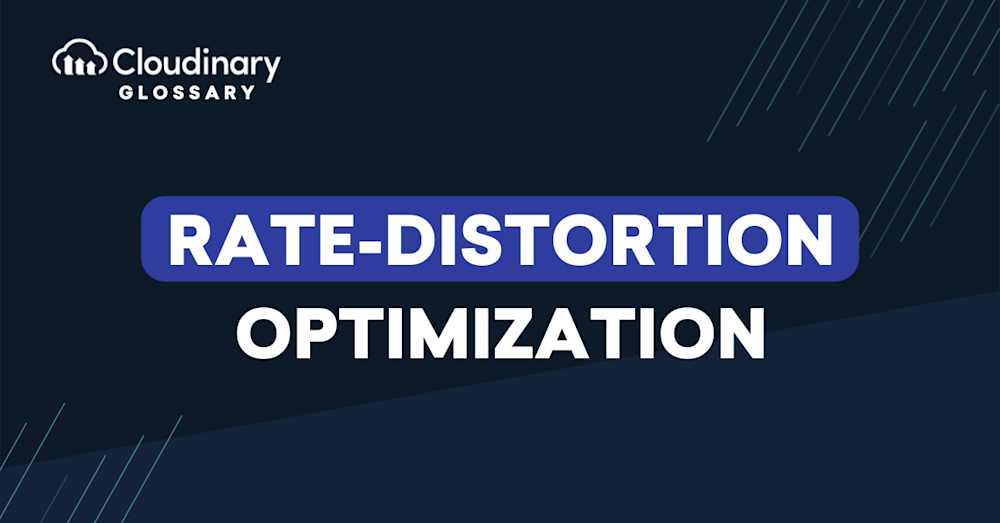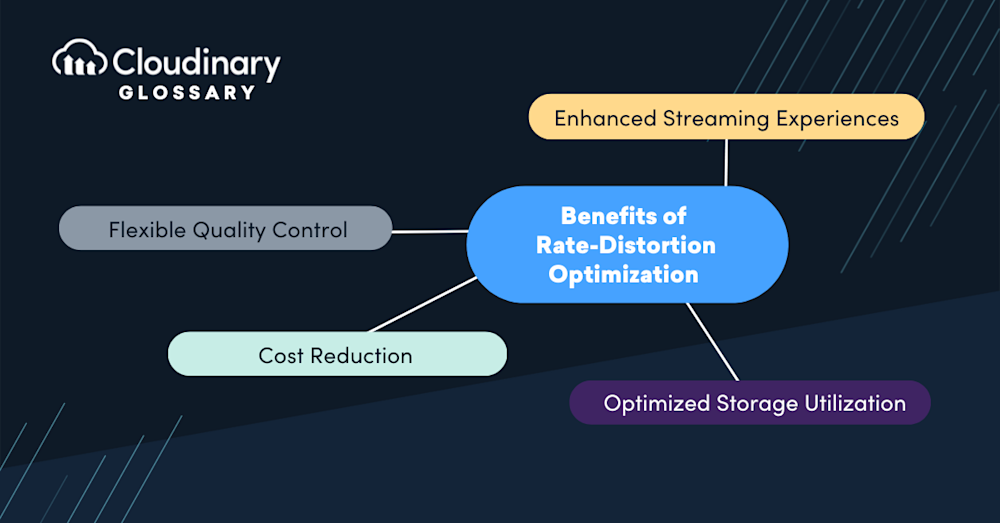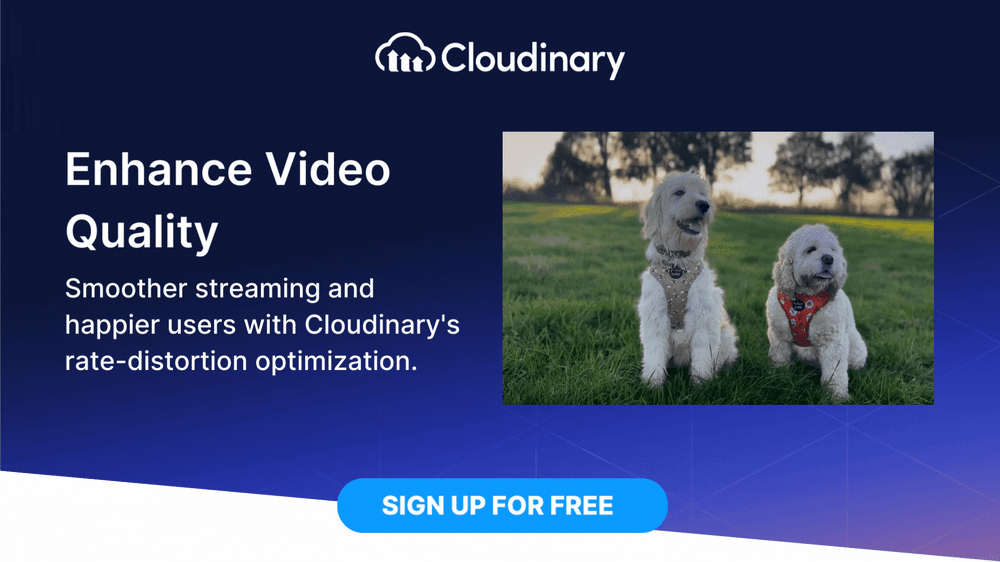What Does Rate-Distortion Optimization Mean?
Rate-distortion optimization is a technique used in video compression to balance the trade-off between the amount of data required to encode a video (rate) and the resulting quality of the video (distortion). The goal is to achieve the best possible video quality while minimizing the size of the compressed video file. Rate-distortion optimization involves deciding how to allocate bits within a video stream to minimize distortion while staying within specified rate constraints.
Where is Rate-Distortion Optimization Used?
Rate-distortion optimization is used in various video compression standards, including H.264/AVC, H.265/HEVC, and VP9. To optimize the compression process, rate-distortion optimization is employed in intracoding (I-frames) and intercoding (P-frames and B-frames). Rate-distortion optimization ensures that the most important visual information is preserved by optimizing how bits are allocated in the video stream. In contrast, less important details are sacrificed to save on overall data.
Benefits of Rate-Distortion Optimization
By employing rate-distortion optimization, developers and engineers can achieve remarkable efficiencies in data storage and transmission without sacrificing the integrity of the content. Some of the benefits of integrating rate-distortion optimization are:
- Optimized Storage Utilization – By reducing file sizes while maintaining acceptable quality, rate-distortion optimization ensures more efficient use of storage resources, be they on physical devices or cloud-based platforms.
- Enhanced Streaming Experiences – By selecting the optimal balance between bitrate and distortion, Rate-Distortion Optimization can significantly improve the quality of streaming services, leading to smoother playback and happier end-users.
- Flexible Quality Control – Rate-distortion optimization affords developers precise control over the quality of their media outputs, allowing for tailored solutions that meet specific requirements of different projects or platforms.
- Cost Reduction – Smaller file sizes translate into lower transportation and storage costs, making Rate-Distortion Optimization a financially advantageous choice for large-scale digital media operations.
Drawbacks of Rate-Distortion Optimization
Like any technology, rate-distortion optimization requires a nuanced understanding and careful management to maximize performance and avoid potential downsides. Here’s a quick overview of the hurdles you might encounter:
- Increased Computational Complexity – Rate-Distortion Optimization algorithms, in their quest for the optimal balance between data rate and distortion, can be computationally intensive, leading to greater processing times and demands on system resources.
- Complexity in Parameter Selection – Finding the perfect Rate-Distortion Optimization parameters for your specific application can be daunting, requiring extensive testing and fine-tuning to strike the right balance.
- Potential for Over-Optimization – There’s a thin line between optimal and over-optimized. In some cases, overly aggressive optimization can lead to noticeable quality degradation, particularly in scenarios with strict bitrate constraints.
- Learning Curve – For developers new to digital signal processing, the theoretical underpinnings and practical implementations of Rate-Distortion Optimization can present a steep learning curve.
Final Thoughts
Rate-distortion optimization is a vital technique used in video compression to balance video quality and data size. By carefully allocating bits within a video stream, rate-distortion optimization ensures that the most important visual information is preserved while less essential details are sacrificed. This optimization process improves video quality, reduces bandwidth consumption, and increases storage efficiency. However, the computational complexity, subjectivity in quality assessment, and potential quality degradation are important to consider when implementing rate-distortion optimization.
Using media optimization platforms like Cloudinary can deliver high-quality videos with minimal distortion, ensuring an immersive and seamless viewing experience for audiences worldwide. Transform your digital asset management with Cloudinary’s seamless image and video optimization. Sign up for free today!





